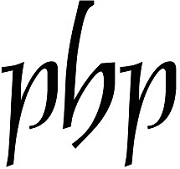The paintings we see today in museums, galleries, churches and temples are often much altered by the centuries. Pictures can split, rot, be eaten by woodworm, warp, blister, crack, cup, flake, darken, blanch, discolor, become too translucent and disappear under a centuries-old varnish; and they can also suffer from the efforts of their owners to rectify these situations: they might be transferred, relined, ironed, abraded or repainted. Anyone writing about a work of art needs to establish at the outset how much it has changed since it was first made. This act of understanding is far from easy. We need to develop a knowledge of the physical and chemical processes which have brought paintings to their current state, in the hope that we can imagine their reversal. And we have to look as much as we can, at a wide variety of paintings, so we can learn to distinguish those in a worse or better state of preservation; we have to try to understand what it is about a picture that differentiates good and bad condition. Theories of art history have been built on works which are little more than repaint and decay, and the beginner needs to be warned about the many pitfalls dug by time for the unwary. A great deal has been written about conservation and restoration, but this is the first book to approach the issue from the viewer’s standpoint, and to discuss changes in appearance that affect our understanding and appreciation of works of art. This book is highly illustrated so as to make its points extremely clear. It should appeal to anyone with an interest in art.

